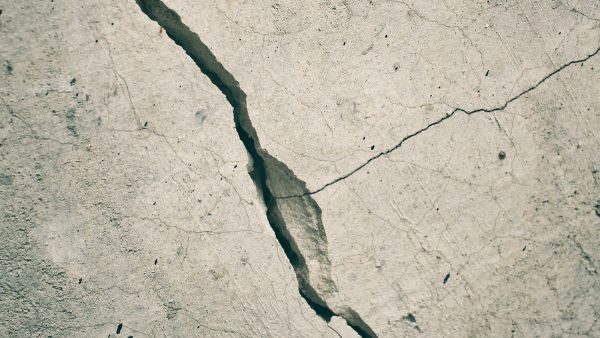Types of concrete cracks and what they mean

Concrete is one of the world’s most common building materials for a reason: it’s comparatively cheap, very strong, and highly durable. But chances are you’re going to wind up dealing with a crack in the concrete at some point in your building’s lifespan. And you’ll need to know what you’re looking at.
Here are the most common types of cracks you’ll see and the reasons for them.
Overload
If you see the concrete buckled down (perhaps where you had a large shipping container or other heavy object sitting), and it roughly conforms to the shape of a heavy load previously there, it’s probably an overload crack. Make sure you don’t exceed the strength of your slab.
Expansion
If you see the concrete pushing up against itself, you might be seeing expansion cracks. These should be planned for with expansion joints to take the stress off the slab.
Shrinkage
Shrinkage cracks occur as the concrete dries and are most common at “reentrant” points, like around a window or where something comes through the concrete. They’re a result of evaporating water leaving too many airspaces.
Corrosion
If you see cracks along the line of your rebar or structural steel that widen over time, this may be a corrosion crack. These are dire and need immediate attention. It means water has gotten to the steel and is corroding it inside the concrete.
Splitting
You’ll usually see these on vertical columns. If there’s a network of short vertical cracks, it may indicate that the column is at its limit for the load.
Diagonal/Horizontal
Diagonal and horizontal cracks go across the entire face of a concrete surface and indicate that the load-bearing capacity of the concrete is insufficient. They require immediate attention, as they can compromise the whole structure.
Cracks are a good indicator of damage or structural issues. If you see any of these cracks forming, get someone qualified to take a look. Contact JK Industries today.
